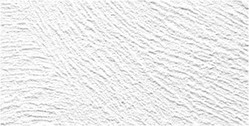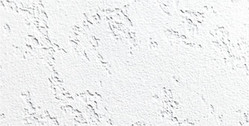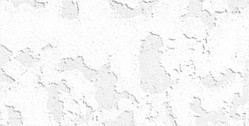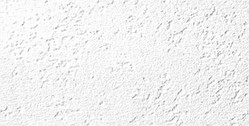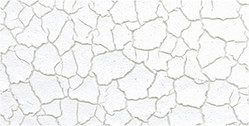- Create a real art work in a comfortable for you location – at home or in a workshop. Then you can easily transfer created images into your interior: on walls, ceilings or any surfaces.
- Realization of art works directly in customer’s location. Not spending a time for walls preparation and applying of a layer of decorative plaster, that is often needed for creation of aging effect.
- Creation of paintings and objets d’art. To create paintings, more complicated surface is required than just a simple canvas. With our materials you can create art works in any style depending on selected texture without spending a time.
- Decoration of furniture. You can create art works and then transfer it onto any surfaces. Canvas can be applying on any base of furniture as well as on a glass, plastic and metal. Using water-resistant paints, canvas can be washed and it will serve you like a decoration element for a long time.
- Printing images on a wide-format plotter. Decorative canvas for Affresco frescoes and paintings is perfectly suit for frescoes production on any type of printing equipment (flat-bed and roll printing). It’s possible to use any types of ink: eco solvent, UV, latex and Water based pigment.
1. You can place the canvas on the wall temporarily fixing it with scotch tape or you can put it on the table unrolling the canvas further as you draw.
2. You can draw a contour with a pencil or a charcoal pencil. It’s also possible to transfer a contour of the future image with a carbon paper and using the prepared image “carton”. We often use a projector to make easier the transfer of an image. The sketch of an image is directed at a surface by a projector and then you outline the image. Any kind of stencils can be also used.
3. Painted image. It’s possible to use any water-based paints: tempera, acryl, gouache, latex or dispersing paints. Canvas is previously primed and not requires being additionally primed. Canvas doesn’t absorb paint.
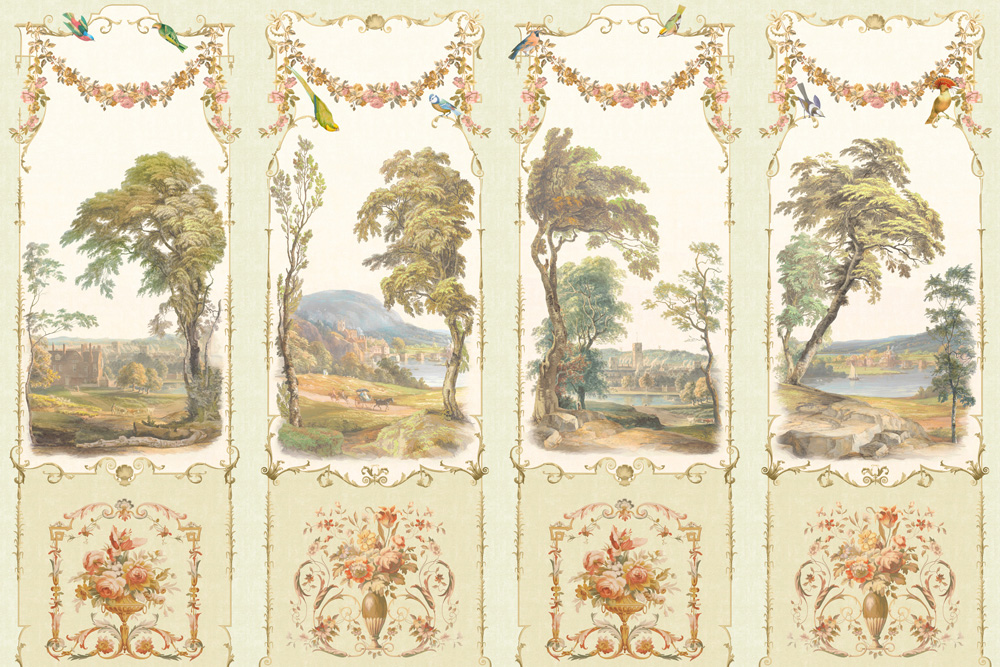

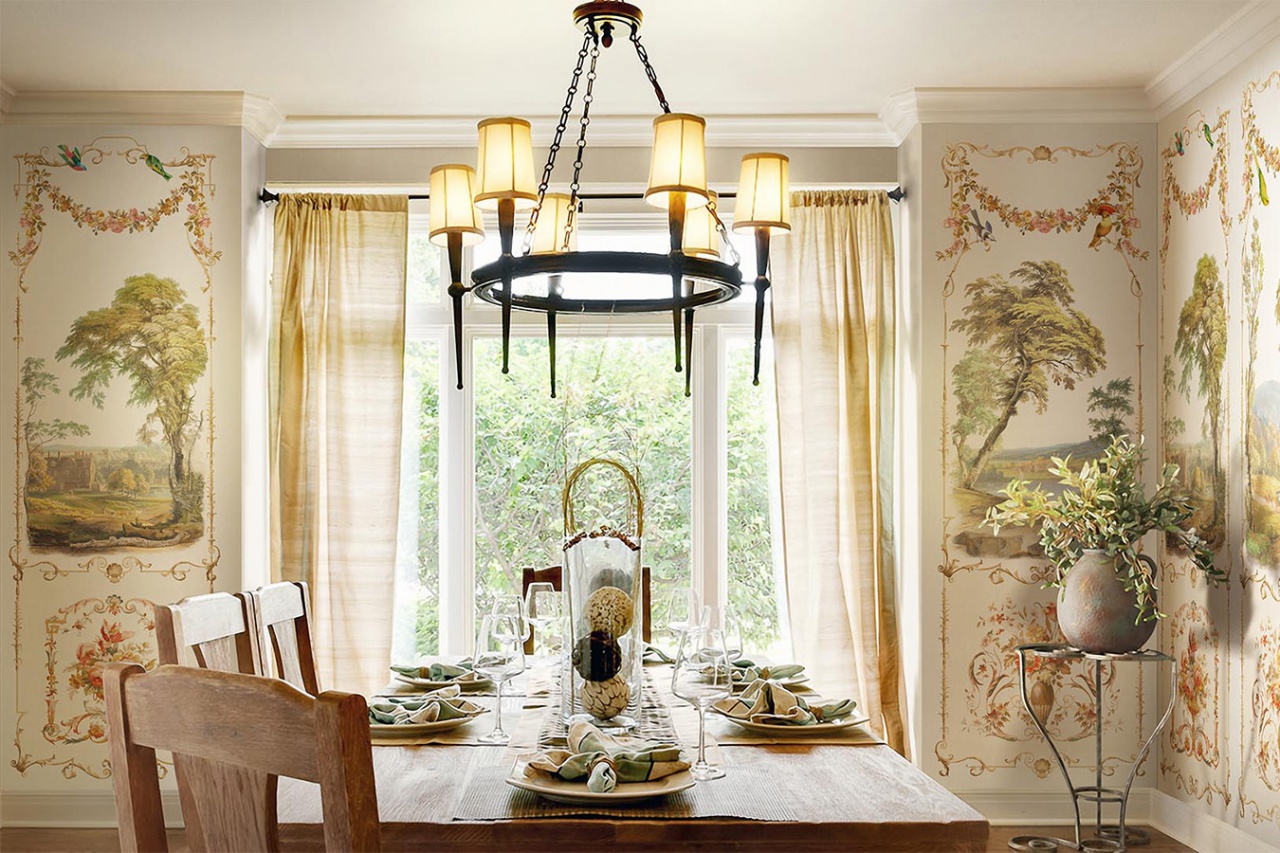
4. To create an additional aging effect you can use the fine sandpaper. Or apply a slight layer of paint with semidry paint-roller.
5. Finished work of art you can roll up into a roll and transport it to a needed location, where you can easily install it following our applying instructions.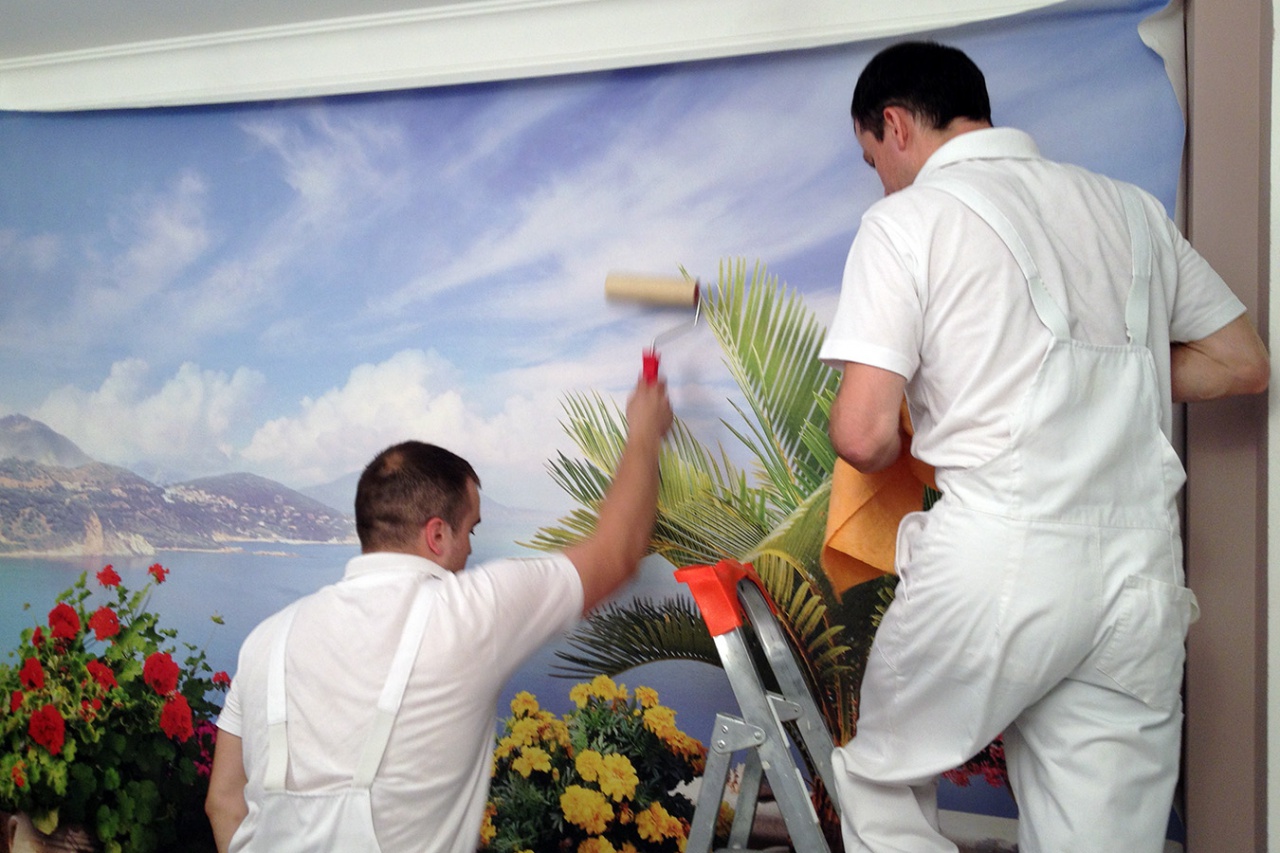
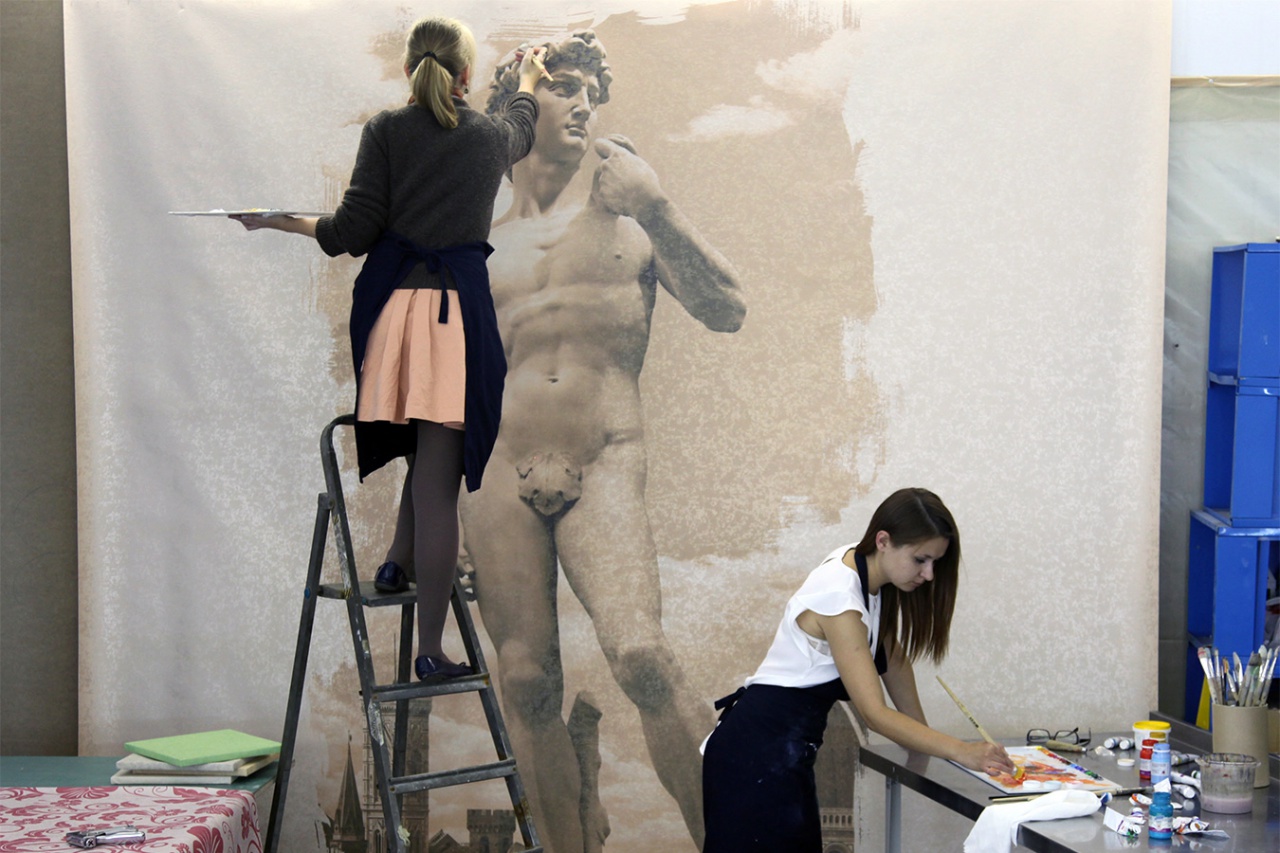
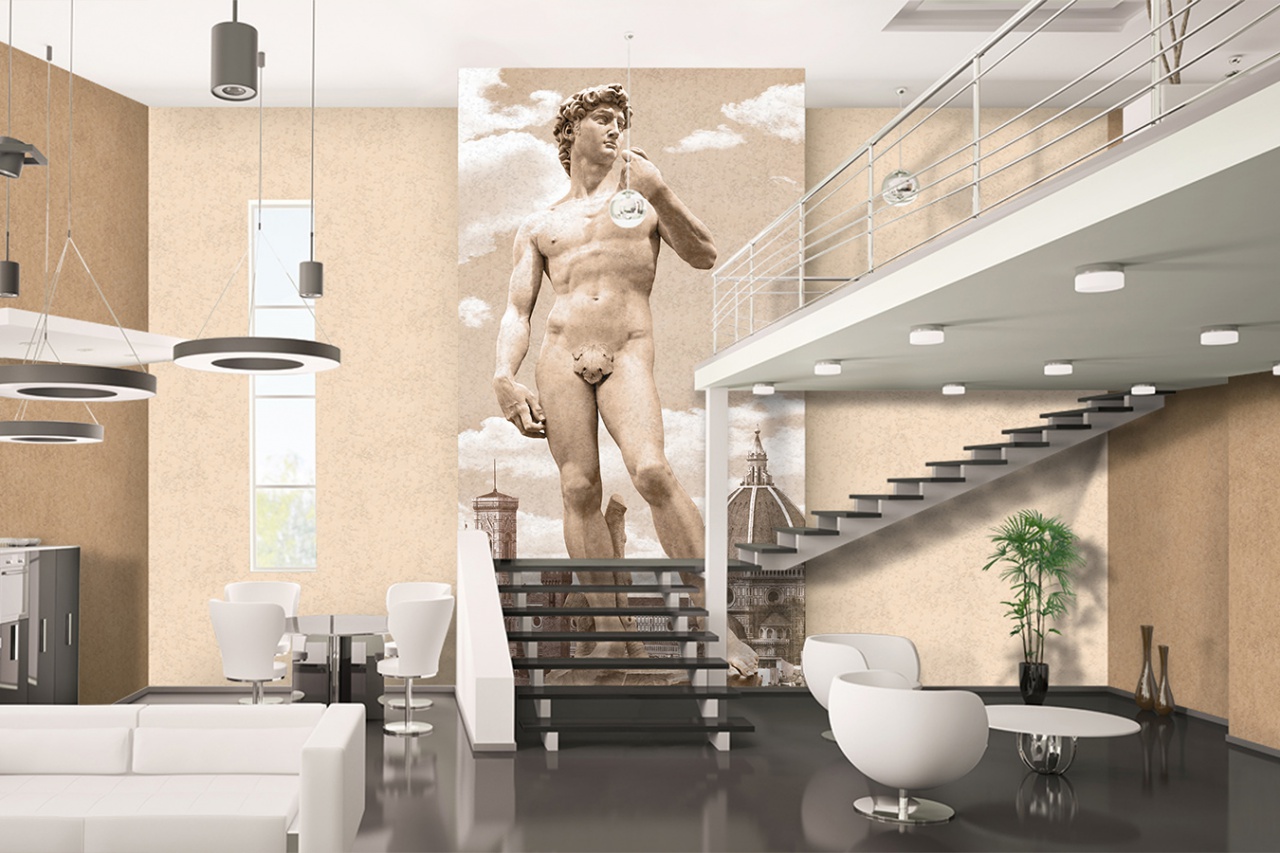
1. You can install the canvas following our applying instructions.
2. After applying of canvas you should wait 12 hours and then you can start work.
3. Painted image. It’s possible to use any water-based paints: tempera, acryl, gouache, latex or dispersing paints. Canvas is previously primed and not requires being additionally primed. Canvas doesn’t absorb paint.
4. To create an additional aging effect you can use the fine sandpaper. Or apply a slight layer of paint with semidry paint-roller.
5. Finished work of art you can roll up into a roll and transport it to a needed location, where you can easily install it following our applying instructions. absorb paint.
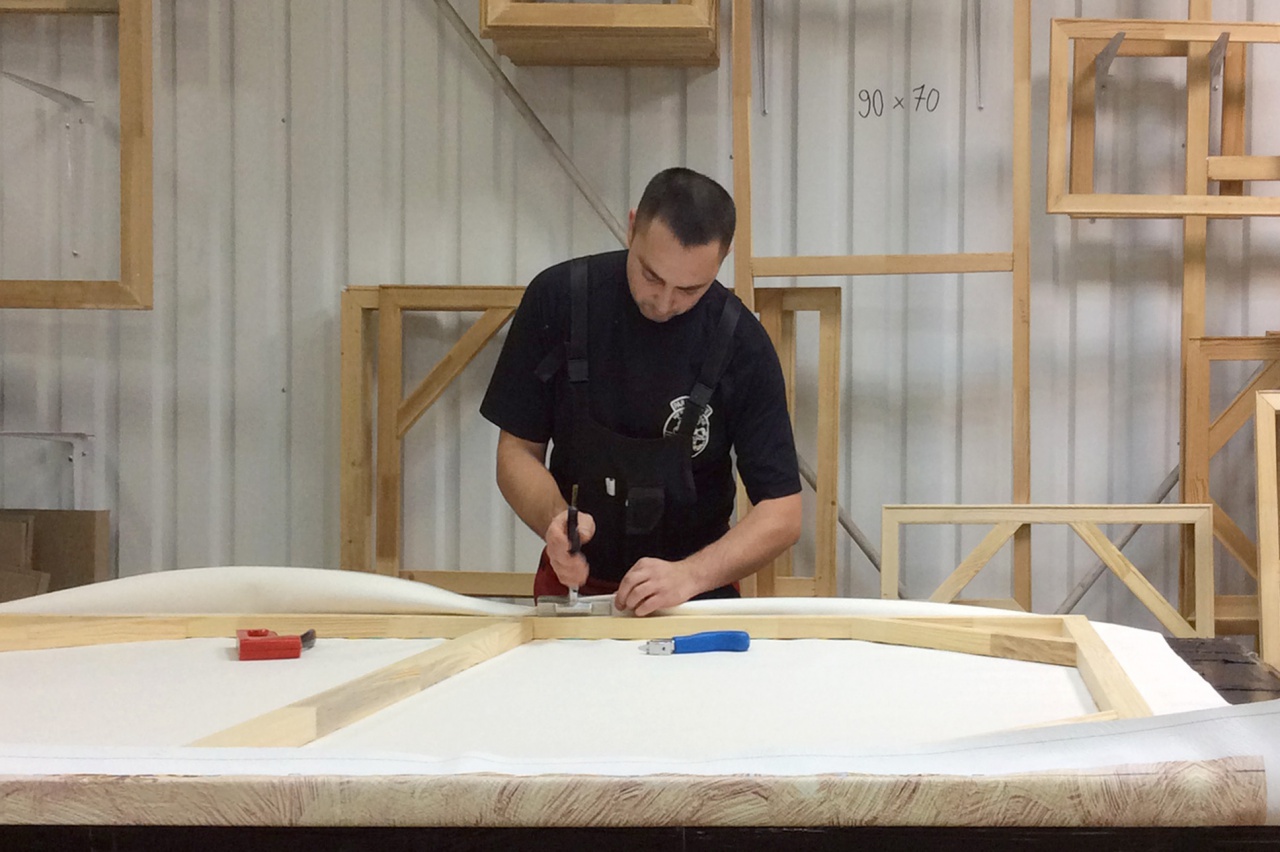


1. To create a painting you should previously stretch canvas onto the frame or do it after the work is finished. A synthetic substitute is utilized on the base of decorative canvas for paintings. This material doesn’t react to humidity and is utilized for saving the form and appearance of the painting.
2. Stretching technic of a canvas is the same as for stretching a primed artistic canvas. A canvas has not to be moistening in advance before stretching it.
3. For pattering you can use all water-based and oil-paints. Canvas is previously primed and not requires being additionally primed. Canvas doesn’t absorb paint.
4. To create an additional aging effect you can use the fine sandpaper. Or apply a slight layer of paint with semidry paint-roller.
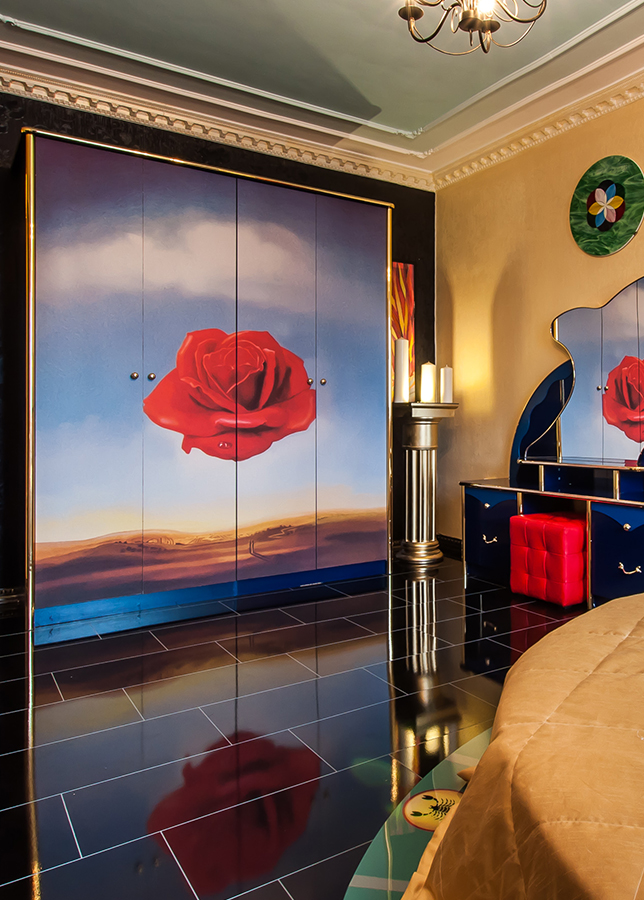
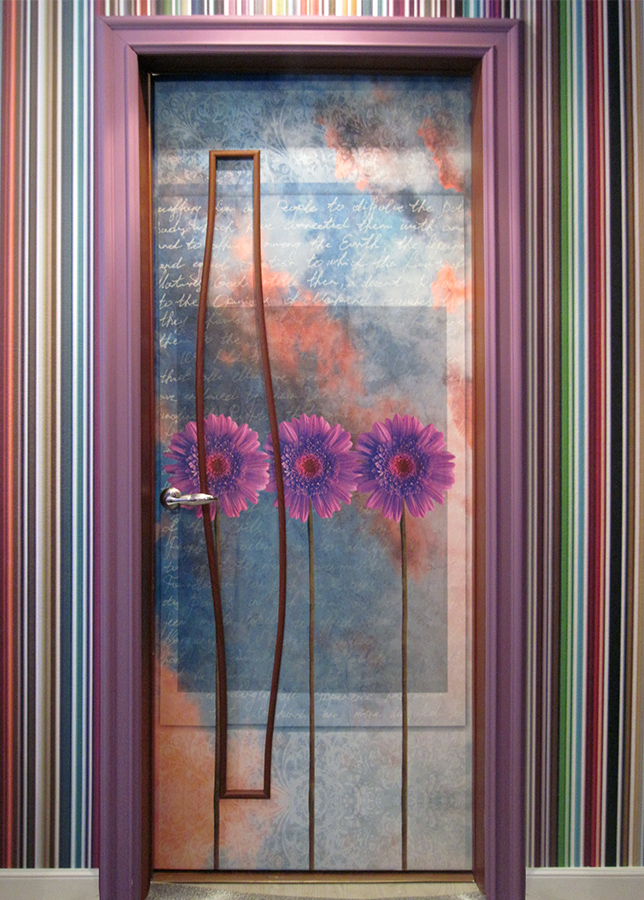

1. Painted image. It’s possible to utilize any water-based paints: tempera, acryl, gouache, latex or dispersing paints. Canvas is previously primed and not requires being additionally primed. Canvas doesn’t absorb paint.
2. To create an additional aging effect you can use the fine sandpaper. Or apply a slight layer of paint with semidry paint-roller.
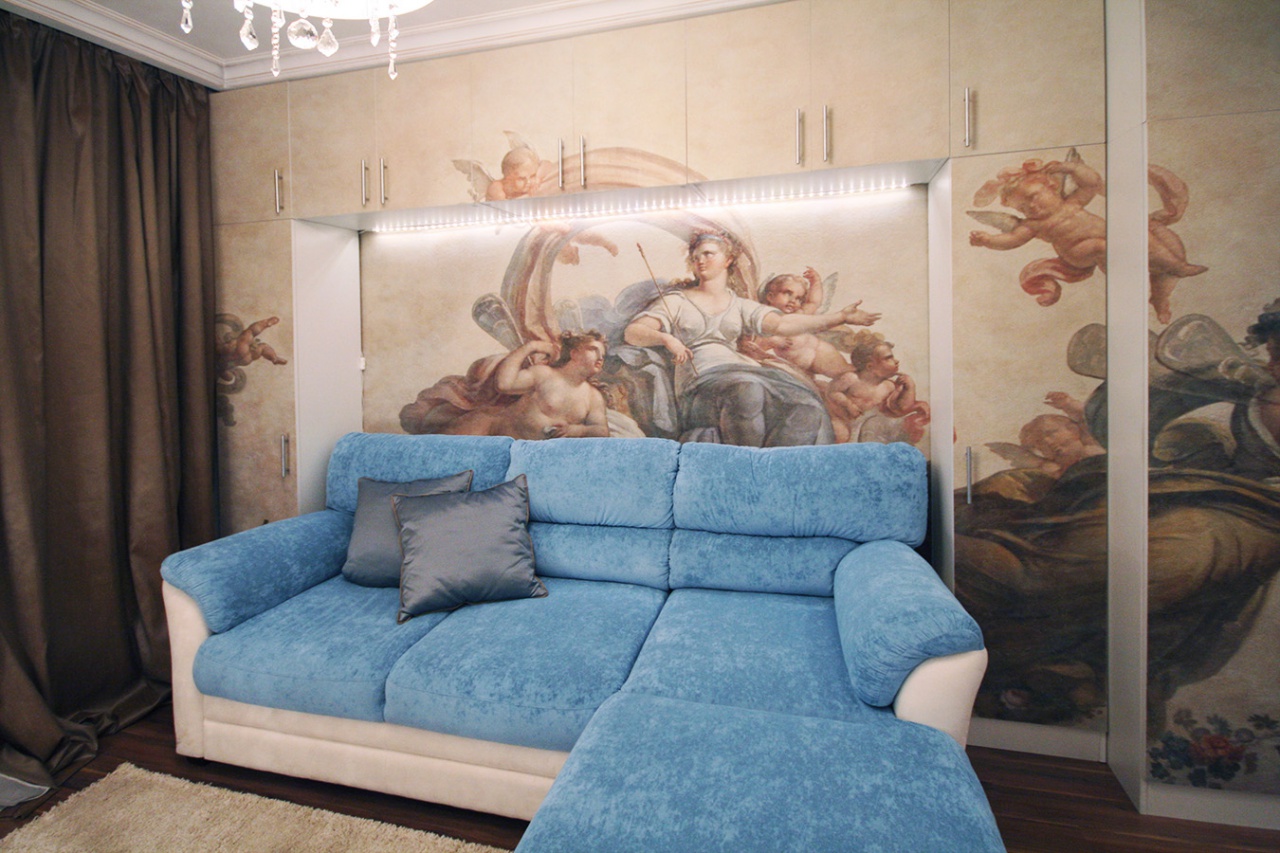
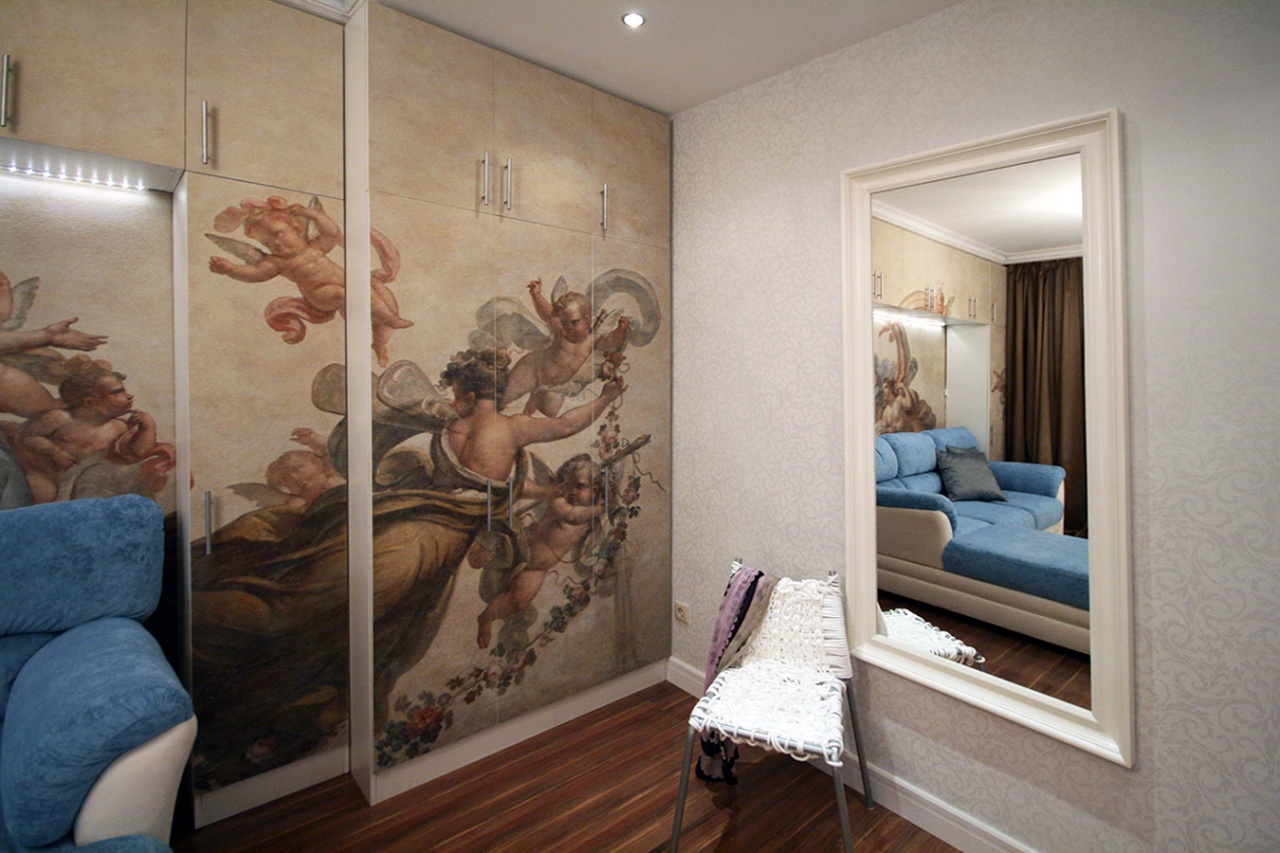
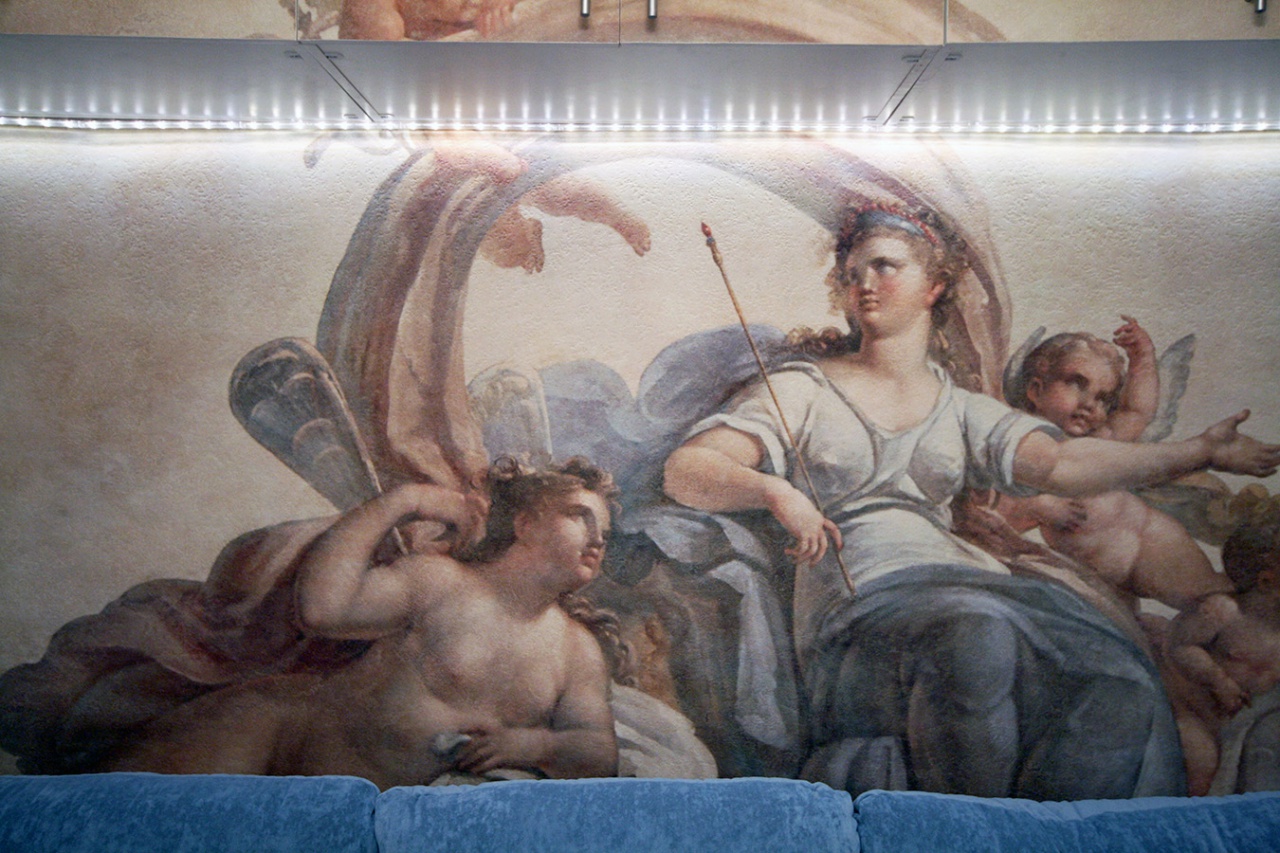
3. For additional decoration you can use gold paints, stencils or whatever you wish.
4. Finished work of art you can roll up into a roll and transport it to a needed location, where you can easily install it following our applying instructions. Selection of adhesive depends on your surface. For applying on medium density fibreboard, chipboard or wood you can use adhesive for non-woven wallpaper or PVA adhesive.

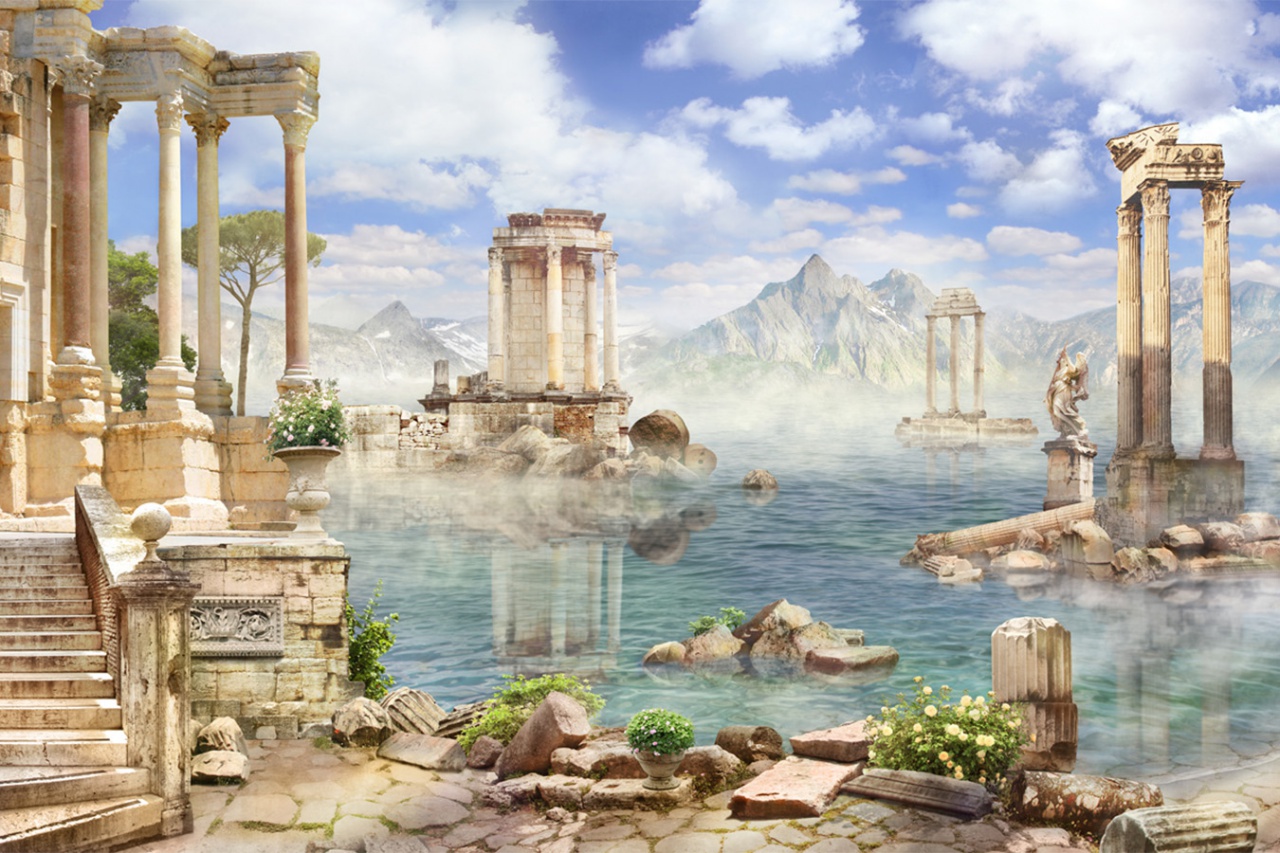
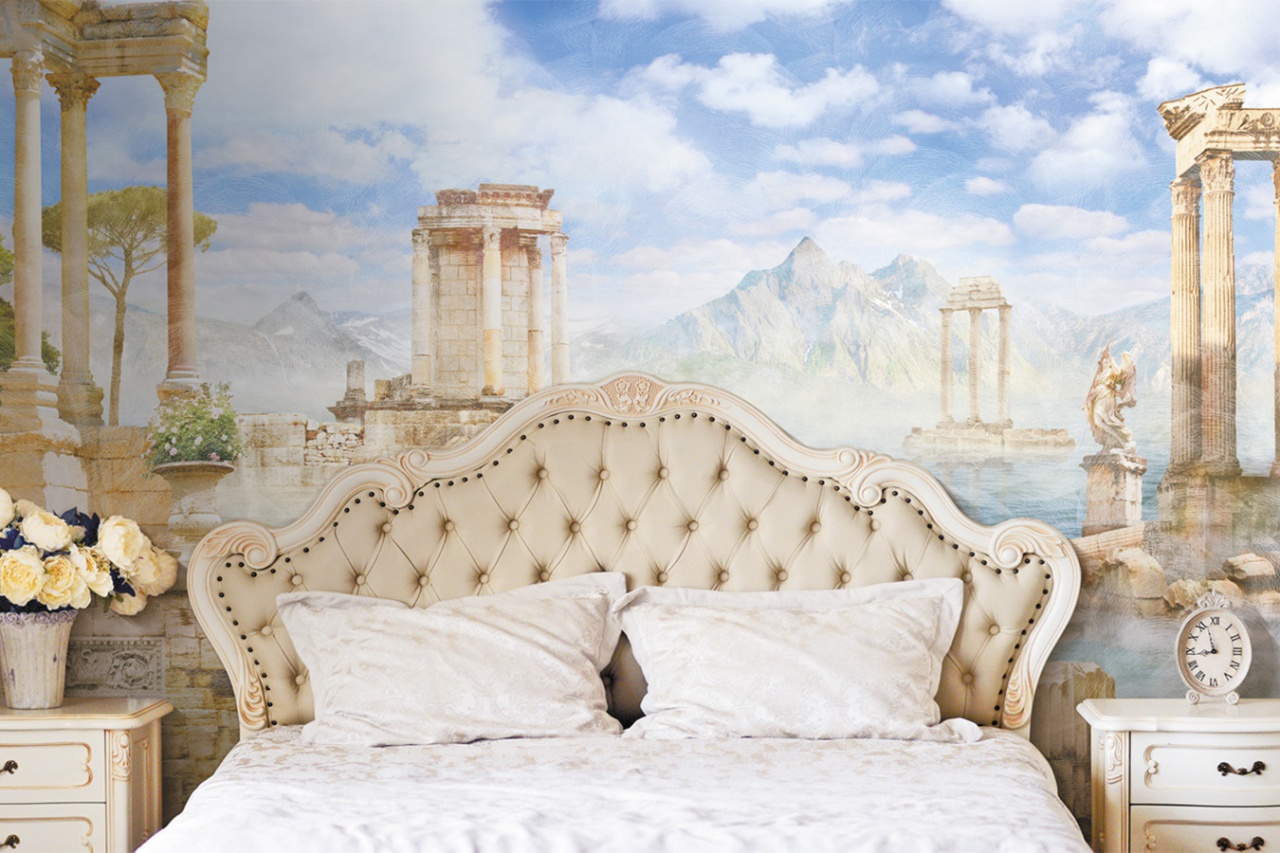
1. Using Affresco materials you will never meet with a problem of inadequate quality.
2. Security guarantee of your equipment. Thickness of canvas is up to 1 mm.
3. Color quality assurance of any types of ink. Without spreading and smearing of colors. All materials are primed and ready for printing.
4. Usability: putting rolls into equipment, storage, cutting and packaging.
5. Materials not require an additional material processing.
6. Long-term storage period. Affresco materials neither dry up nor lose their properties being in a roll at least for 6 months.
7. Packaging: carton tube, film, label.
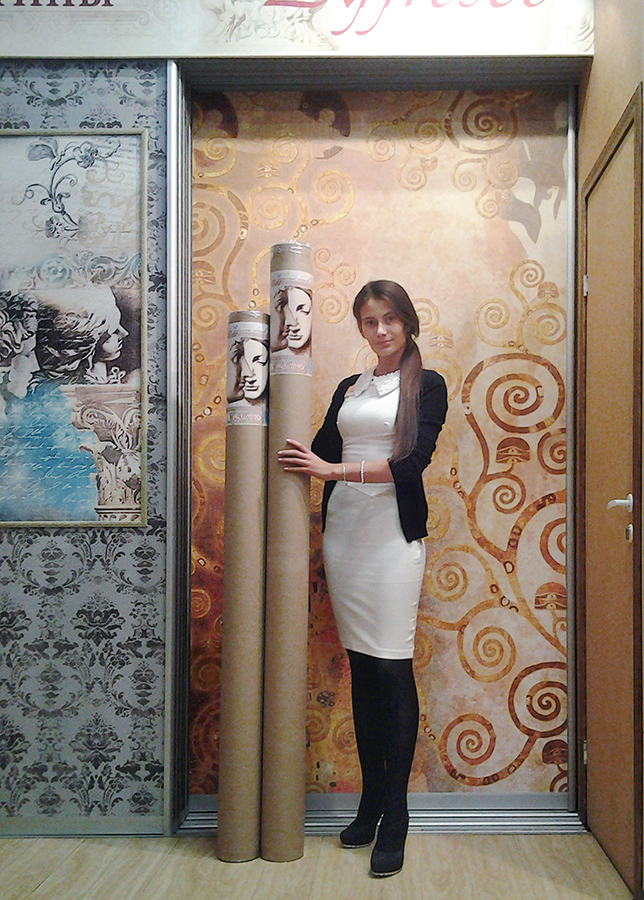


8. Tight quality control: each roll has a marking: individual number, release date.
9. Using Affresco materials you get a 100% quality and comprehensive facilities of interior printing.
Samples of decorative canvas for frescoes and paintings
|
Velatura. Relief texture imitating wide brush strokes of an artist. Texture thickness is up to 1 mm. For frescoes: maximal size of one canvas without joint is 3,2 х 10,2 m.
For paintings: maximal size of a canvas is 1,4 х 10,2 m. |
|
|
Beze. It’s a surface imitating a texture of Venetian plaster. Texture thickness is up to 1 mm. For frescoes: maximal size of one canvas without joint is 3,2 х 10,2 m.
For paintings: there is no production |
|
|
Pietra. Volumetric texture with clear relief imitating a rock surface. Texture thickness is up to 1,5 mm. For frescoes: maximal size of one canvas without joint is 3,2 х 10,2 m.
For paintings: there is no production |
|
|
Sabbia. Homogeneous sandy texture imitating a plastered wall without relief with paintings. Texture thickness is up to 1 mm. For frescoes: maximal size of one canvas without joint is 3,2 х 10,2 m.
For paintings: there is no production |
|
|
Hermitage. Texture with a clear pattern of small cracks that looks like antique porcelain. Texture thickness is up to 1 mm. For frescoes: maximal size of one canvas without joint is 3,2 х 10,2 m.
For paintings: there is no production |
|
|
Craquelure. Texture with cracks imitating an antique wall with aging effect. Texture thickness is up to 1 mm. For frescoes: maximal size of one canvas without joint is 3,2 х 10,2 m.
For paintings: there is no production |
|

